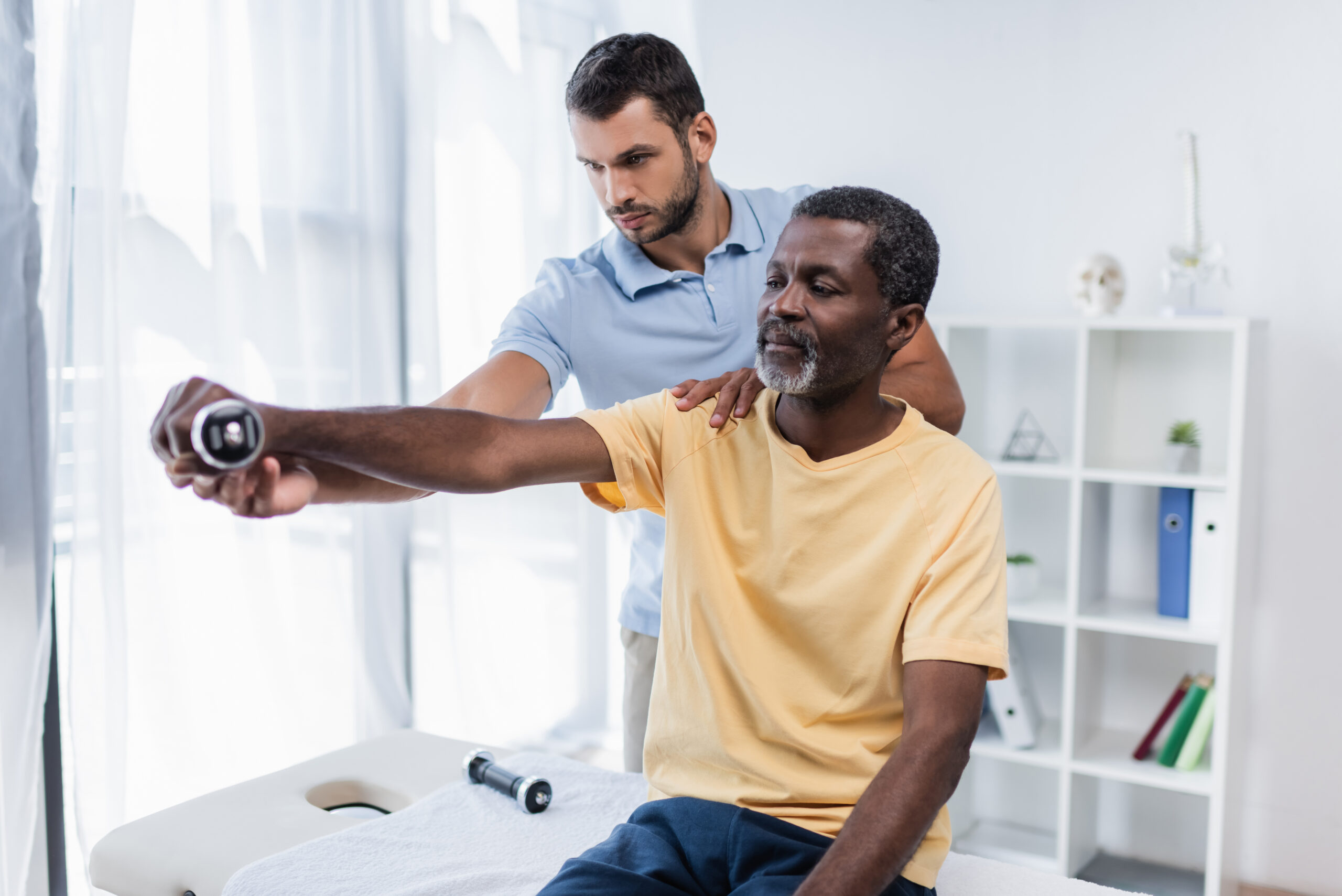Osteoarthritis, often termed the ‘wear and tear’ arthritis, is prevalent among the aging population. Characterized by the degeneration of joint cartilage and underlying bone, it can significantly impede a senior’s quality of life. This chapter delves deep into osteoarthritis – understanding its nuances, its impact on seniors, and how aquatic therapy emerges as a potent tool in its management.
Understanding Osteoarthritis (OA)
At its core, osteoarthritis is about the degeneration of cartilage. This cartilage, a rubbery material, cushions the ends of bones in joints. With OA, this cushioning gradually breaks down, leading to symptoms like:
-
Joint pain during or after movement
-
Stiffness after periods of inactivity
-
Tenderness on applying light pressure to the joint
-
Loss of flexibility
-
A grating sensation or even audible noise during joint movement
-
Bone spurs, which are extra bits of bone forming around the affected joint
OA’s Impact on Seniors
The challenges posed by osteoarthritis go beyond physical pain:
Reduced Mobility: OA can significantly hamper movement, especially in weight-bearing joints like knees or hips.
Lifestyle Changes: Activities once taken for granted – like gardening, walking, or even simple chores – can become daunting tasks.
Mental Health Effects: Chronic pain can lead to feelings of depression or anxiety. The reduced ability to partake in favored activities can also impact overall well-being.
Increased Medication: Many seniors rely on pain relief medications, which may come with their side effects over prolonged usage.
Aquatic Therapy’s Approach to OA
Given OA’s multifaceted challenges, an intervention must address pain management and functional improvement. Here’s where aquatic therapy shines:
Pain Management: The warm water in therapeutic pools can soothe aching joints. The hydrostatic pressure of water can also reduce joint inflammation, a common symptom in OA.
Strengthening Surrounding Muscles: The resistive nature of water means every movement is a muscle workout. Stronger muscles can support and protect ailing joints better.
Improved Joint Mobility: Buoyancy reduces the impact on joints, allowing for a greater range of motion exercises. Over time, this can improve overall joint flexibility, countering the stiffness that OA brings.
Reduced Reliance on Medication: With consistent aquatic therapy, many seniors find they can reduce their pain medication dosage. This holistic approach to pain management can be particularly beneficial in the long run.
Restoration of Function: Through guided exercises tailored to individual needs, aquatic therapy can help seniors regain much of their lost mobility. This restoration is not just about movement but about regaining independence and confidence.
Case Studies: Real-life Impact
To truly understand the impact of aquatic therapy on OA, let’s look at a couple of real-life examples:
1. Ms. Judith, 72: Struggling with knee OA for over a decade, Judith found even simple walks in the park excruciating. After 12 sessions of aquatic therapy, her pain levels reduced, and she also participated in her community’s annual 5k walk – a feat she hadn’t attempted in years.
2. Mr. Albert, 68: Hip OA had taken a toll on Albert’s passion for gardening. Bending or squatting was out of the question. However, after a six-month aquatic therapy regimen, he returned to his garden with renewed vigor, tending to roses and tomatoes.
Conclusion
While common among seniors, osteoarthritis doesn’t have to be a sentence to pain and reduced mobility. With interventions like aquatic therapy, seniors can find both relief and rehabilitation. By addressing the ailment holistically – managing pain, restoring function, and improving overall well-being – aquatic therapy offers hope to those grappling with OA. As we explore, we will see how this therapeutic approach can be similarly practical for other conditions that the elderly commonly face.

